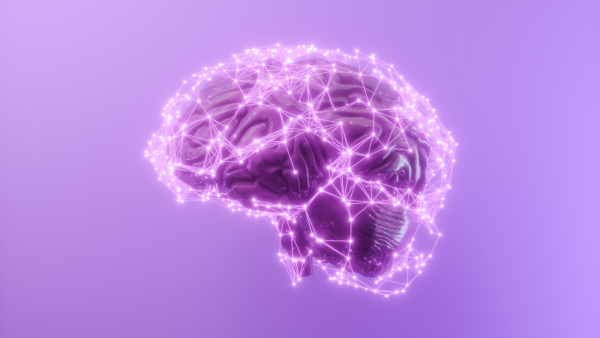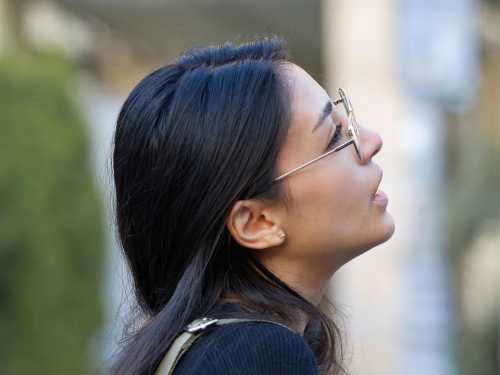
A new study shows that breathing patterns vary between people and can be used to identify individuals. (Image credit: Ippei Naoi via Getty Images)
A new study has found that people have unique breathing patterns that can be used to distinguish and identify individuals.
In a paper published Thursday (June 12) in the journal Current Biology, scientists were able to use an algorithm to identify people based on these unique “respiratory fingerprints” with nearly 97% accuracy. The study’s authors also suggest that breathing profiles could provide important insights into each person’s mental and physical health.
While it may seem simple, the breathing process is quite complex and is regulated by several areas of the brain. This led the researchers to hypothesize: “Given that each of us has a unique brain structure, we hypothesize that this individuality would also be reflected in our breathing,” study first author Timna Soroka, a graduate student at the Weizmann Institute of Science in Israel, told Live Science in an email.
You may like
- Electronic 'tattoos' on your face could track your mental stress at work
- Study Shows Your Fingers Are 'Pruned' the Same Way Every Time
- Your Moral Compass Is Linked to How In-Tune You Are with Your Body, Study Tips
To test their hypothesis, Soroka and her colleagues recruited 97 volunteers and gave each one a wearable device that recorded their inhalations and exhalations through tubes placed under each nostril. The device recorded each participant’s breathing for 24 hours while they went about their daily activities, including sleeping.
The researchers then used software to identify a variety of different features in the breathing recordings. “These can be seemingly small temporal features, like the length of the pause before you inhale or the length of the pause after you inhale,” said study co-author Noam Sobel, a professor of neuroscience at the Weizmann Institute of Science.
By dividing each 24-hour sample into five-minute segments, the researchers monitored how these features changed across each recording cycle for each participant. They then used machine learning to analyze the resulting feature “maps,” finding that the pattern of variability was unique to each individual.
They then ran a follow-up experiment with 42 participants, each of whom underwent an additional day of testing at a random point over a two-year period — and found that the patterns of variability for each participant were remarkably similar across the two testing days, while remaining distinct from each other. In other words, each person had a unique breath “signature,” like a fingerprint.
These signatures were distinctive enough that the researchers were able to train a machine learning algorithm to identify individual participants with 96.8% accuracy based solely on their breathing patterns.
Sourse: www.livescience.com





